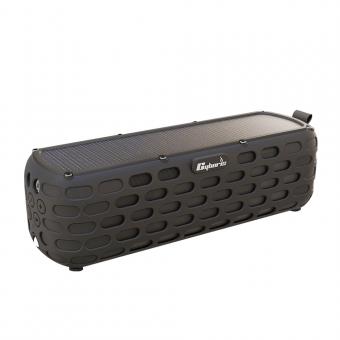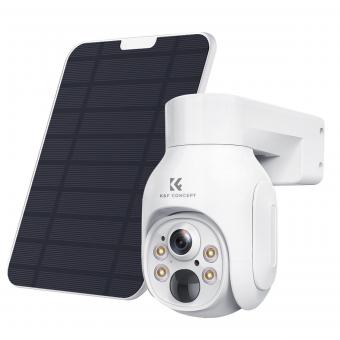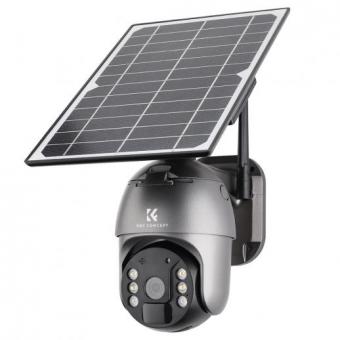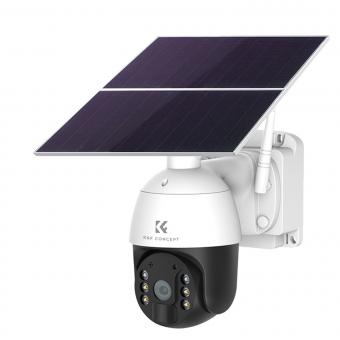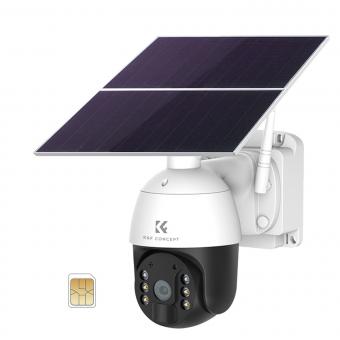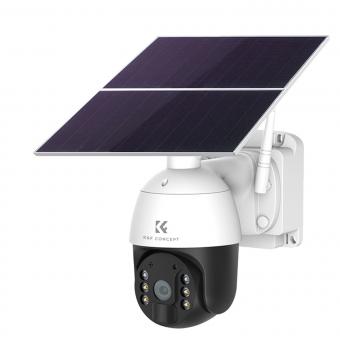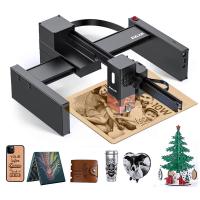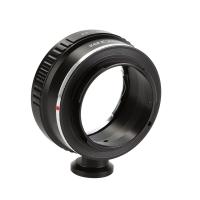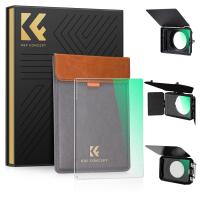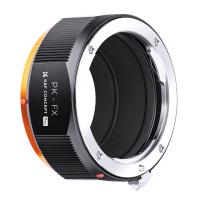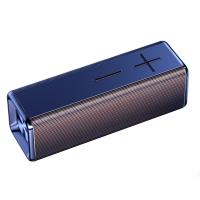What Are The Different Types Of Solar Panels?
Solar energy is becoming an increasingly popular choice for both residential and commercial energy needs. As the technology advances, the variety of solar panels available on the market has expanded, each with its own set of advantages and disadvantages. Understanding the different types of solar panels can help you make an informed decision about which type is best suited for your specific needs. In this article, we will explore the main types of solar panels, their characteristics, and their applications.

Monocrystalline Solar Panels
Monocrystalline solar panels are made from a single continuous crystal structure. They are easily recognizable by their uniform dark appearance and rounded edges. These panels are known for their high efficiency and longevity. Here are some key features:
- Efficiency: Monocrystalline panels have the highest efficiency rates, typically between 15-20%. This means they can convert more sunlight into electricity compared to other types.
- Space Efficiency: Due to their high efficiency, they require less space to produce the same amount of electricity as other types.
- Longevity: These panels tend to have a longer lifespan, often coming with warranties of 25 years or more.
- Cost: They are generally more expensive due to the complex manufacturing process.
Monocrystalline panels are ideal for situations where space is limited but high efficiency is required, such as in urban residential settings or commercial installations.
Polycrystalline Solar Panels
Polycrystalline solar panels are made from silicon crystals that are melted together. They have a bluish hue and a more speckled appearance compared to monocrystalline panels. Here are their main characteristics:
- Efficiency: These panels have a lower efficiency rate, typically between 13-16%.
- Cost: They are less expensive to produce, making them a more budget-friendly option.
- Space Efficiency: They require more space to produce the same amount of electricity as monocrystalline panels.
- Longevity: They also have a long lifespan, though slightly less than monocrystalline panels.
Polycrystalline panels are a good choice for those who have ample space and are looking for a cost-effective solution.
Thin-Film Solar Panels
Thin-film solar panels are made by depositing one or more layers of photovoltaic material onto a substrate. They are known for their flexibility and lightweight properties. Here are some key points:
- Efficiency: Thin-film panels have lower efficiency rates, typically between 10-12%.
- Flexibility: They can be made flexible, which allows for a variety of applications, including on curved surfaces.
- Weight: These panels are lighter than both monocrystalline and polycrystalline panels.
- Cost: They are generally less expensive to produce.
- Durability: They are less durable and have a shorter lifespan compared to crystalline panels.
Thin-film panels are ideal for applications where weight and flexibility are more important than efficiency, such as on vehicles, portable devices, or certain types of buildings.
Bifacial Solar Panels
Bifacial solar panels can capture sunlight from both sides, increasing their overall efficiency. They are usually made from monocrystalline or polycrystalline cells. Here are their main features:
- Efficiency: These panels can achieve higher efficiency rates because they capture reflected light from the ground or other surfaces.
- Durability: They are generally more durable and can withstand harsh environmental conditions.
- Cost: They are more expensive than traditional monocrystalline or polycrystalline panels.
- Installation: They require specific installation conditions to maximize their efficiency, such as being mounted on a reflective surface.
Bifacial panels are ideal for commercial installations where maximizing energy output is crucial, and the installation environment can be controlled to optimize performance.
PERC Solar Panels
PERC (Passivated Emitter and Rear Cell) solar panels are an advanced type of monocrystalline or polycrystalline panel. They include an additional layer on the back of the cells to capture more sunlight. Here are their key characteristics:
- Efficiency: PERC panels have higher efficiency rates compared to traditional monocrystalline and polycrystalline panels.
- Cost: They are slightly more expensive due to the additional manufacturing steps.
- Space Efficiency: They require less space to produce the same amount of electricity as traditional panels.
- Longevity: They have a long lifespan, similar to other crystalline panels.
PERC panels are ideal for residential and commercial installations where space is limited, and higher efficiency is desired.
Concentrated PV Cell (CPV) Panels
Concentrated PV cell panels use lenses or mirrors to focus sunlight onto high-efficiency solar cells. They are usually used in large-scale solar power plants. Here are their main features:
- Efficiency: CPV panels have the highest efficiency rates, often exceeding 40%.
- Cost: They are very expensive and require precise tracking systems to follow the sun.
- Space Efficiency: They require less space due to their high efficiency but need a lot of space for the tracking systems.
- Durability: They are highly durable but require regular maintenance.
CPV panels are ideal for utility-scale solar power plants where maximizing efficiency is crucial, and there is ample space for installation.
Choosing the right type of solar panel depends on various factors, including your budget, space availability, and specific energy needs. Monocrystalline panels are best for high efficiency and limited space, while polycrystalline panels offer a more budget-friendly option. Thin-film panels are ideal for applications requiring flexibility and lightweight properties. Bifacial panels can maximize energy output in controlled environments, and PERC panels offer higher efficiency in a compact form. Finally, CPV panels are suited for large-scale installations where efficiency is paramount.
Understanding these different types of solar panels can help you make an informed decision, ensuring that you choose the best option for your specific needs. As solar technology continues to advance, we can expect even more innovative solutions to emerge, making solar energy an increasingly viable and attractive option for a wide range of applications.



